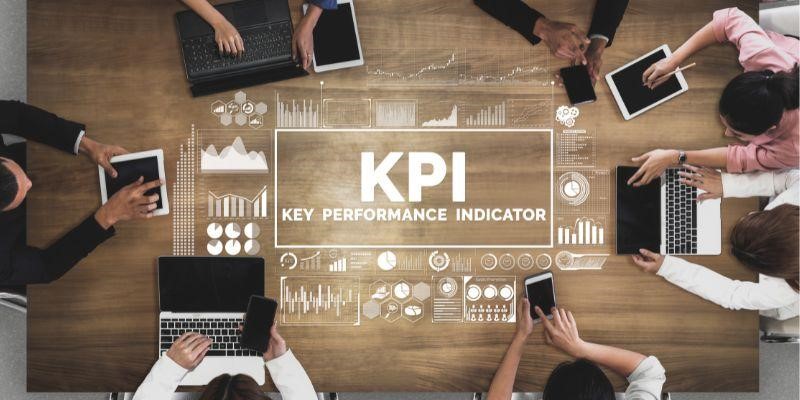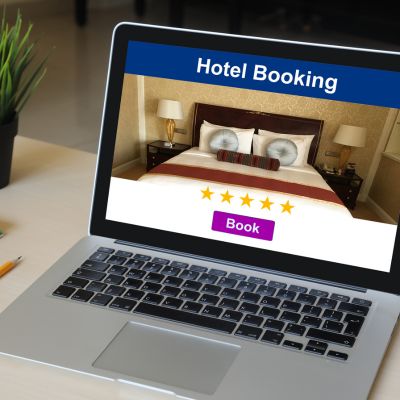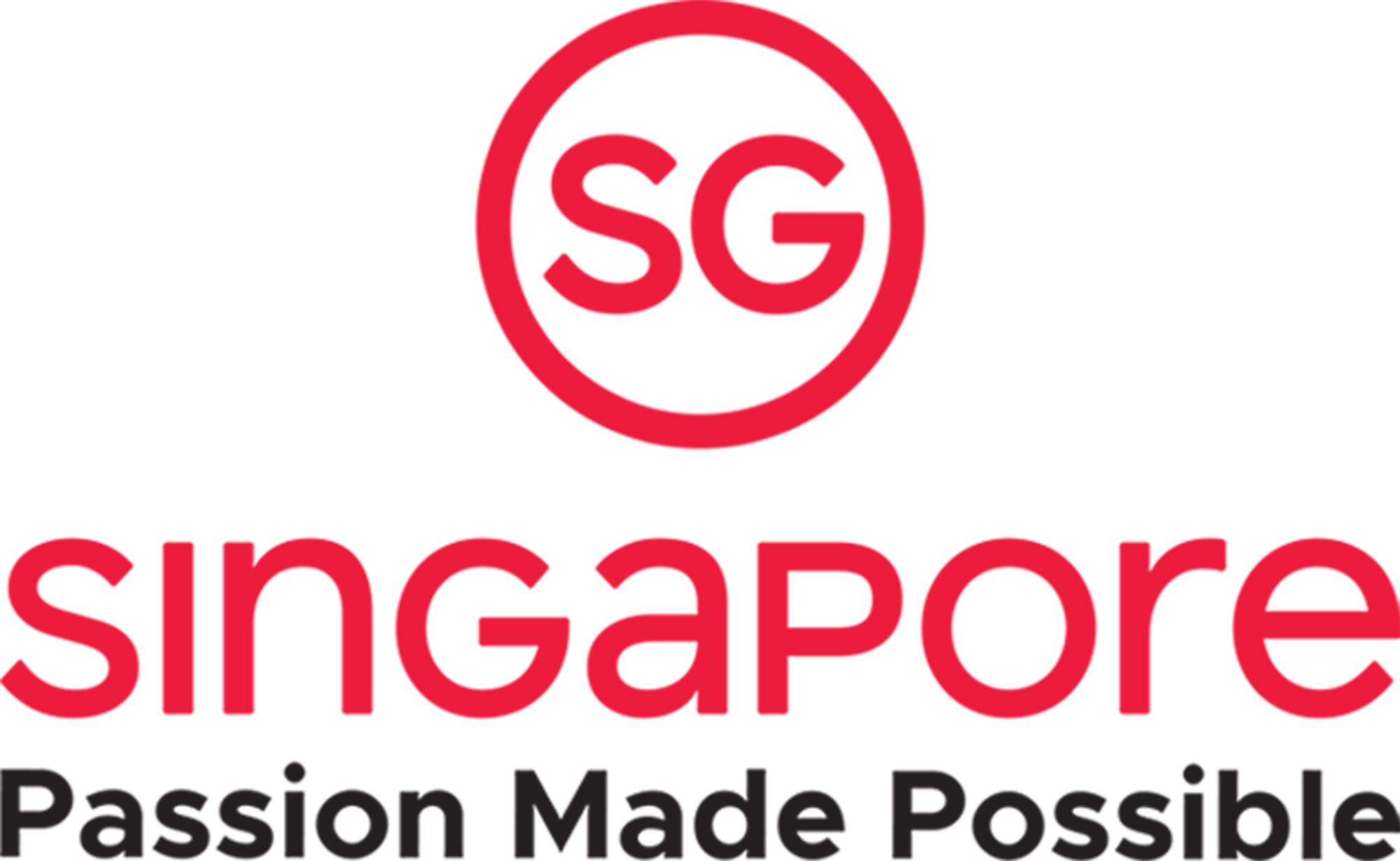In the fast-paced hospitality industry, grasping and enhancing RevPAR (Revenue Per Available Room) is essential for any hotel’s success. This vital metric measures the average revenue generated per available room and is a crucial indicator for comparing operational efficiency with competitors.
Hotels can tailor their strategies by meticulously analyzing trends to improve their revenue stream market standing. One industry study revealed that a luxury hotel chain deployed a revenue management system that resulted in a 15% increase in RevPAR within six months due to its ability to forecast demand and accurately make strategic pricing decisions.
This article will explore RevPAR and its impact on the overall hotel industry. Understanding market dynamics and customer preferences helps make informed pricing and room availability decisions.
Effective management of RevPAR allows hotels to maximize their financial performance and improve their service offerings, ensuring they stay ahead in a competitive landscape. Let’s take a look.
What is RevPAR?

RevPAR, or Revenue Per Available Room, is a critical performance metric in the hospitality industry. It measures a hotel’s ability to manage its room inventory and adjust its pricing strategy efficiently.
By combining occupancy and the average daily rate, RevPAR calculation provides valuable insights into how effectively a hotel generates revenue from its available rooms.
In practical terms, RevPAR allows hoteliers to assess their properties’ financial performance by comparing revenue across different periods or against hotel industry benchmarks. This comparison and RevPAR formula help identify trends, predict future performance, and adjust strategies accordingly.
For instance, if a hotel notices a decline in RevPAR despite high occupancy, it might indicate that room rates are too low. On the contrary, low occupancy with high rates might suggest the need for promotional pricing or improved amenities to attract more guests.
Importance of RevPAR
RevPAR, or Revenue Per Available Room, is essential for hoteliers because it gives a complete picture of how well the hotel is being used and how effective its pricing strategies are in making money.
This metric combines the hotel occupancy rate with the average amount charged per room to show how much revenue the hotel generates from its available rooms.
Understanding RevPAR in hospitality is essential because it helps hotel managers make intelligent decisions that improve the efficiency of their operations and increase their profitability.
Example:
- If a hotel’s RevPAR increases, it fills its rooms and successfully manages its room rates.
- If RevPAR is declining, it might suggest that the hotel needs to adjust its pricing or marketing strategies to attract more guests.
Regularly analyzing hotel RevPAR allows managers to identify trends, plan for future changes, and adjust policies or promotions to meet guest expectations and market conditions better.
This ongoing review ensures that the hotel can maintain a competitive edge by offering the correct prices at the right times, ultimately leading to better financial results and a stronger position in the market.
Factors Affecting RevPAR

Several factors can significantly influence a hotel’s RevPAR, necessitating a strategic approach to each:
1. Hotel Occupancy Rates
There is a strong correlation between hotel occupancy rates and RevPAR.
Implementing strategies to boost occupancy—such as targeted marketing promotions, loyalty programs, and offering exclusive benefits for direct hotel bookings—can significantly increase overall revenue. Effective use of these strategies can be crucial for increasing hotel RevPAR.
2. Average Daily Rate (ADR)
The RevPAR calculation crucially involves the ADR, which reflects the average price paid per room. By improving the perceived value of rooms—through better amenities, superior service, or exclusive hotel features—hotels can command a higher ADR.
This increase in ADR is a direct boost to RevPAR, as it raises the revenue generated per available room. Improving the quality and appeal of the hotel offerings can significantly impact RevPAR in hospitality.
3. Seasonality and Demand Trends
Understanding and adapting to seasonal variations and demand trends is vital for increasing RevPAR. Hotels might use dynamic pricing strategies to adjust rates according to anticipated demand, which helps maintain high occupancy and maximize revenue during different times of the year.
Targeted marketing during off-peak seasons to attract more guests through special events or promotions helps maintain a steady flow of revenue. For detailed strategies for increasing RevPAR, exploring various market trends and demand cycles can provide actionable insights for revenue management.
Calculating RevPAR Formula
The RevPAR formula is simple but powerful. It offers hoteliers a precise measure of their revenue per available room.
The formula can be calculated in two ways: either by dividing the total room revenue by the number of available rooms or by multiplying the average daily rate (ADR) by the occupancy rate.
This calculation not only helps hoteliers understand their current financial performance but also aids in making strategic adjustments to improve profitability.
The RevPAR Formula:
RevPAR = Total Revenue / Number of Available Rooms
For example, consider a hotel with 100 rooms available and generating $18,000 in room revenue in a single day.
The RevPAR for that day would be calculated as $18,000 divided by 100, resulting in a RevPAR of $180. Whether occupied or not, each room theoretically contributed $180 to the revenue that day.
In another scenario, if a hotel has an average daily rate of $150 and an occupancy rate of 85%, the RevPAR would be calculated by multiplying $150 (ADR) by 0.85 (occupancy rate), which equals $127.5. This indicates that, on average, each available room contributed $127.5 to the total revenue despite some unoccupied rooms.
These examples demonstrate how RevPAR can vary based on room rates, total revenue, and occupancy levels.
RevPAR vs ADR: What’s the Difference?

RevPAR (Revenue Per Available Room) and ADR (Average Daily Rate) are crucial metrics in the hospitality industry. Still, they serve different purposes and offer unique insights into a hotel’s performance.
While ADR measures the average revenue earned from occupied rooms, RevPAR provides a more comprehensive overview by considering the revenue and the utilization of all available rooms. This distinction makes RevPAR an invaluable metric for assessing overall hotel performance.
Comparison of RevPAR and ADR:
- What is RevPAR? RevPAR considers the average daily and occupancy rates, offering a holistic view of a hotel’s operational effectiveness. It reflects how well a hotel uses its room inventory and its ability to generate revenue across all rooms, whether occupied or not.
- ADR, on the other hand, focuses solely on the revenue generated from sold rooms. It needs to account for occupied rooms, which can provide a skewed view if not considered alongside occupancy rates.
Strengths and Limitations:
- RevPAR Strengths: RevPAR is critical for understanding a hotel’s financial health because it incorporates pricing strategies and room utilization. This metric is handy for comparing periods or between competitors, providing a clear picture of market position and operational success.
- ADR Strengths: ADR is valuable for analyzing a hotel’s pricing strategies. It helps understand whether a hotel is effectively pricing its rooms and can indicate the potential for rate adjustments based on market demand.
- RevPAR Limitations: While comprehensive, RevPAR can sometimes overemphasize occupancy at the expense of revenue, suggesting that higher occupancy always correlates with better performance, which is only sometimes the case.
- ADR Limitations: Since ADR only considers sold rooms, it can be misleading during periods of low occupancy. High ADRs suggest healthy revenue per sold room but ignore significant revenue loss from unsold rooms.
By evaluating both hotel KPIs, RevPAR and ADR, hoteliers can gain a balanced view of their pricing efficiency and room utilization, helping them make informed decisions that enhance profitability and operational efficiency.
RevPAR Alternative Metrics
RevPAR is invaluable, yet alternative metrics can provide additional insights:
1. ARPAR (Adjusted Revenue Per Available Room)
ARPAR supplements the traditional RevPAR formula by including revenues from all hotel services, not just room sales. This broader metric helps hoteliers gain a more comprehensive understanding of total operational efficiency.
By incorporating additional revenue sources like room service, Wi-Fi charges, etc., into the RevPAR calculation, ARPAR offers a more detailed view of how effectively a hotel utilizes its resources.
This adjustment can provide valuable insights into areas of strength and potential improvement, making it a vital component of hotel RevPAR strategies and a powerful tool in hospitality.
2. GOPPAR (Gross Operating Profit Per Available Room)
GOPPAR provides an in-depth look at profitability by considering revenue and operational costs. It calculates the gross operating profit divided by the number of available rooms, giving a clear picture of a hotel’s financial health beyond mere revenue generation.
Understanding GOPPAR is essential for hoteliers who must balance revenue strategies with cost management. It is a crucial metric for increasing RevPAR, as it reflects income and how healthy expenses are controlled.
3. Total Revenue Per Available Room (TRevPAR)
TRevPAR extends the concept of RevPAR in hospitality by including all revenue streams, such as dining, spa services, and other amenities. This provides a comprehensive overview of a property’s capability to generate revenue across all operations, not just room sales.
TRevPAR is particularly useful for hotels that offer a range of services and wish to utilize every revenue-generating opportunity. By understanding TRevPAR, hotels can fine-tune their offerings and pricing strategies to maximize overall revenue.
Strategies for Improving RevPAR

To increase RevPAR, hotels can employ various strategies:
1. Upselling and Cross-Selling
Encouraging guests to upgrade their rooms or add services like spa treatments, unique meal plans, or late check-out options can significantly increase the hotel’s revenue. Training front-desk staff to effectively promote these options at check-in is crucial.
Staff can encourage higher spending per visit by highlighting available upgrades and showcasing additional services to boost the guest experience. Effective upselling and cross-selling boost hotel RevPAR and improve overall guest interaction.
2. Enhancing Guest Experience
Improving the guest experience is vital for driving repeat business and positive reviews, boosting RevPAR in hospitality. Exceptional service, personalized interactions, and high standards of comfort and convenience are essential.
Satisfied guests are more likely to return, recommend the hotel to others, and leave positive reviews online. Heightened guest satisfaction directly contributes to increased revenue through repeat bookings and a solid reputation.
3. Targeted Marketing Campaigns
Developing targeted marketing campaigns that attract the right mix of guests can significantly boost direct bookings and RevPAR. Utilizing data analytics to understand guest preferences and behaviors helps tailor marketing efforts effectively.
This strategic targeting ensures that promotions reach potential guests most likely to book, thus adding to marketing ROI and driving higher RevPAR.
4. Revenue Management Tools
Investing in advanced revenue management software and analytics tools is essential for tracking performance metrics and implementing flexible pricing strategies.
These tools allow hoteliers to adjust prices based on demand, competitor pricing, and market conditions, increasing revenue potential for every room. Practical revenue management tools are vital to maximizing RevPAR and adapting to changing market dynamics.
5. Optimize Distribution Channels
Optimizing your distribution strategy involves diversifying the channels used and minimizing distribution costs. This approach helps increase room sales and reduces dependency on third-party agents, thus improving hotel RevPAR.
Effective management of hotel distribution channels ensures a broader reach and more direct control over bookings.
6. Direct Booking Incentives
Offering exclusive discounts, loyalty rewards, or complimentary amenities can encourage guests to book directly through your hotel website or mobile app.
Promoting direct bookings helps minimize commission fees paid to third-party channels and increases profitability. This article provides detailed strategies for encouraging direct bookings and enhancing RevPAR.
7. Strategic Partnerships
Forming strategic partnerships with local businesses, travel agencies, and online travel agencies (OTAs) can help expand market reach and attract new customer segments.
Collaborations can include special packages, promotional events, or co-marketing initiatives, which augment the hotel’s visibility and appeal. Strategic partnerships are a powerful tool for expanding your customer base and driving higher RevPAR.
Future Trends in RevPAR Management
Navigating the Future: Trends in RevPAR Management
As the hospitality landscape evolves, it’s crucial to anticipate the future trends influencing Revenue Per Available Room (RevPAR) management.
Let’s explore the innovations and technological advancements shaping the future of revenue optimization in the hospitality sector.
1. Data-Driven Decision-Making:
The future of RevPAR management is deeply entwined with data analytics. Hotels increasingly leverage advanced analytics to gain deeper insights into guest behavior, market trends, and pricing strategies.
This data-driven approach enhances decision-making for more effective revenue management.
2. Artificial Intelligence (AI) Integration:
AI is becoming a game-changer in RevPAR management. Machine learning algorithms analyze vast datasets, allowing hotels to predict demand patterns, optimize real-time pricing, and personalize guest experiences.
The integration of AI ensures a more dynamic and responsive revenue strategy.
3. Personalization for Guest Experiences:
Tailoring guest experiences based on individual preferences is a trend that will continue to impact RevPAR.
Hotels are utilizing data to understand guest behaviors and preferences, enabling personalized offerings that contribute to increased loyalty and, consequently, higher revenue.
4. Mobile Technology and Booking Platforms:
The proliferation of mobile technology is reshaping how guests book and experience hotels. Future trends in RevPAR management involve optimizing strategies for mobile booking platforms.
This includes seamless mobile check-ins, personalized mobile experiences, and targeted promotions to capture mobile-savvy guests.
5. Dynamic Pricing Evolution:
The evolution of dynamic pricing is an ongoing trend. Future strategies will involve even more sophisticated algorithms considering many factors in real-time, from local events to competitor pricing.
This ensures that room rates are not only competitive but also maximized for every unique scenario.
6. Sustainability and Green Practices:
With an increasing focus on sustainability, eco-friendly practices are influencing guest preferences.
Hotels incorporating green initiatives not only contribute to environmental well-being but also attract a growing segment of conscious consumers, positively impacting RevPAR.
7. Enhanced Collaboration with Online Travel Agencies (OTAs):
Collaborations with OTAs are evolving to be more strategic. Hotels are exploring partnerships beyond traditional bookings, encompassing data sharing and joint marketing efforts. This collaborative approach contributes to better visibility and optimized RevPAR.
Conclusion
In wrapping our exploration, we’ve deciphered the significance of RevPAR as a fundamental metric in the hospitality realm.
Understanding its calculation intricacies provides a strategic edge for evaluating a hotel’s profitability.
This metric not only aids decision-making but also stands distinct from ADR, offering a holistic perspective. It’s more than numbers; it’s a linchpin for the industry, guiding us through trends, benchmarks, and critical considerations.
So, as you navigate the dynamic world of hotels, keep RevPAR at the forefront—it’s your compass for financial success.











